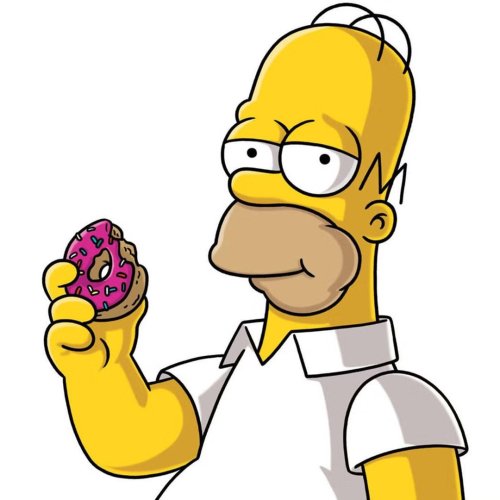
Twins Video
As I looked at numbers for Jose Miranda's stellar rookie campaign, something about it seemed quixotically familiar. This gap-to-gap line-drive hitter with a below-average walk rate and a below-average league strikeout rate reminded me of a season another young third baseman had several years ago, 2013 Manny Machado.
This may initially seem bewildering, but give me a chance to explain, because while similarities exist, it’s the (somewhat hidden) differences that highlight the contrast between the two players. But they also point out why Twins fans can be so optimistic about Miranda.
Miranda was never the prospect that Machado was, but they did end up having similar hit and power grades. On Fangraphs in 2012, Machado was given a 60-hit 50-power, and Miranda had a 50-hit 50-power. The difference in the overall ranking had much to do with other tools Machado possesses that Miranda does not. We will get to that later.
For now, I want to focus on the similarities between 2022 Jose Miranda and 2013 Manny Machado. While not identical, Machado and Miranda were aggressive, quality bat-to-ball hitters in their first full seasons. Machado posted a 4.1% BB rate and 15.9% K rate, and Miranda had a 5.8% BB rate and an 18.8% K rate. Their BB/K was 0.26 for Machado and 0.31 for Miranda, so while the rates were slightly different, the ratios were very close.
The approach of Machado and Miranda wasn't the only similarity. Their line drive rates and power numbers are what stuck out to me. Let's take a look at some categories where Miranda and Machado performed similarly:
2022 Miranda vs. 2013 Machado
HR: 15 vs 14
OBP: .325 vs .314
SLG: .426 vs .432
OPS: .751 vs .746
ISO: .158 vs .148
wOBA: .329 vs .325
LD%: 20.3% vs 20.6%
Fastball RAA: 2.5 vs 2.3
Machado logged over 700 plate appearances in 2013, while Jose Miranda had fewer than 500, so volume totals will look significantly different. Still, this was a fun thing to research, given what Machado has developed into as a hitter.
The differences in the seasons are relatively obvious, but we should look at them anyway. First, Machado played his 2013 season at age 20, whereas Miranda played in 2022 at age 24. That doesn’t mean anything in the value of that year, but it means a tremendous difference in what that year means to their future projections. So to be clear, the fact that their years were similar offensively, doesn’t mean that the players should develop in a similar manner. Jose Miranda is not on pace to become Manny Machado.
There is another glaring disparity between these seasons that does affect the value of that particular season: their defense. Miranda's defensive struggles at first base have been well documented, and it seems to be deemed a success if he turns into an average third baseman.
On the contrary, Machado is one of the best defensive third basemen in the history of baseball. In that 2013 season, Machado netted 27 defensive runs saved, tops among all third baseman and fifth among all positions. His 20.8 UZR ranked first among all third basemen and first among all positions.
Machado also finished first among all non-catchers in defensive runs above average at 23.2, a defensive stat that takes into account position value, which is a particularly impressive accomplishment given third base is not considered a premium defensive position. For some context, Miranda had -9.3 defensive runs above average last season. He was penalized for being a below-average defender and additionally penalized for playing most of his innings at first base.
The differences in defensive value, along with the volume disparity, were enough to give Machado a 5.0 fWAR season compared to Miranda's 1.1 fWAR. Still, it should also be noted that Miranda's offensive production came in a much unfriendlier run-scoring environment. Not only was Camden Yards one of the most hitter-friendly parks in MLB, but changes to the baseball and the progression of pitchers also played a part.
The difference in these factors is shown in wRC+ and OPS+, which consider the hitter's environment. For both of these stats, the league average is 100. Miranda's and Machado's OPS were nearly identical, but Miranda performed much better in wRC+ at 117 than 2013 Machado at 102. OPS+, which compares a player's OPS to the league average, shows the same with Miranda at 116 and 2013 Machado at 102.
Jose Miranda most likely doesn't have the talent to become the player Manny Machado has developed into. Still, there are enough parallels in their early career hitting performances that there might be more upside in Miranda's bat than initially perceived. I don't want to imply that Miranda will match Machado as one of the premier players in the game; even in Miranda's highest standard deviation of outcomes, he doesn't become the player Machado is. But as someone who began writing this piece a little lower on Miranda than public perception, I am more optimistic about the Twins' starting third baseman for the years to come.
MORE FROM TWINS DAILY
— Latest Twins coverage from our writers
— Recent Twins discussion in our forums
— Follow Twins Daily via Twitter, Facebook or email
— Become a Twins Daily Caretaker






Recommended Comments
Join the conversation
You can post now and register later. If you have an account, sign in now to post with your account.
Note: Your post will require moderator approval before it will be visible.